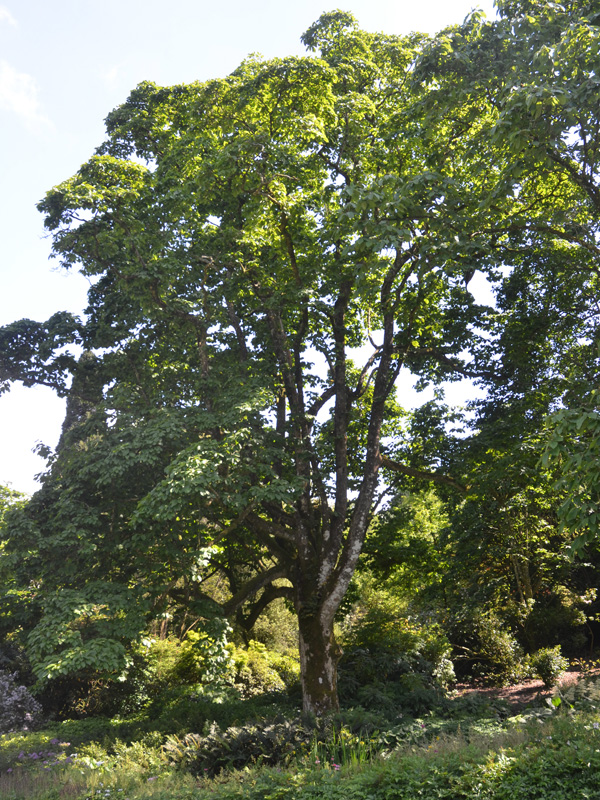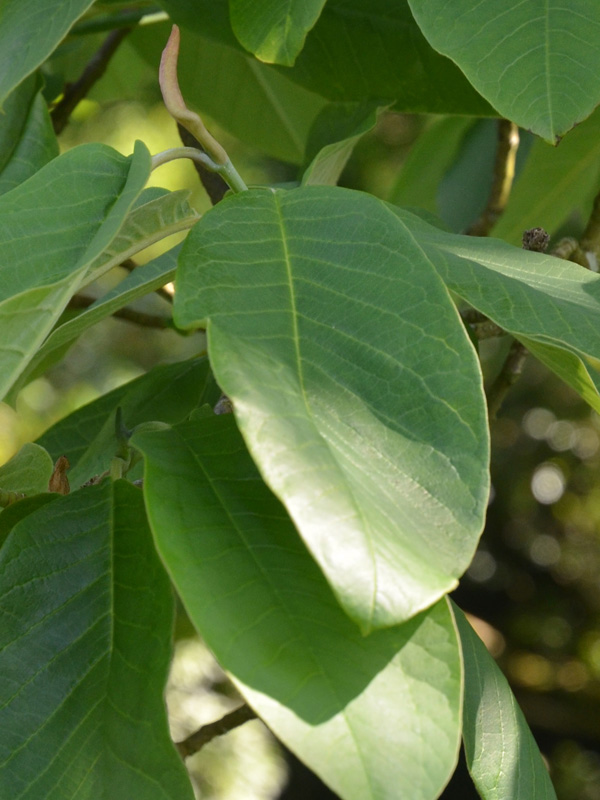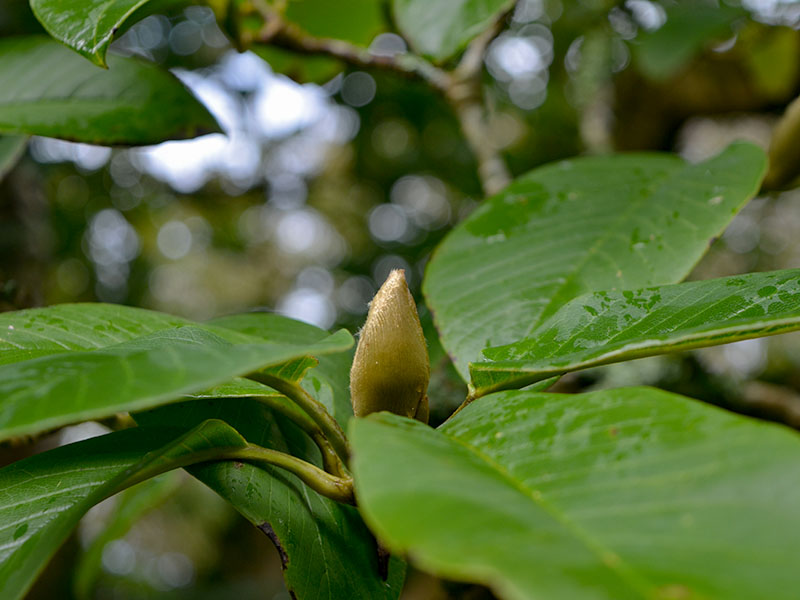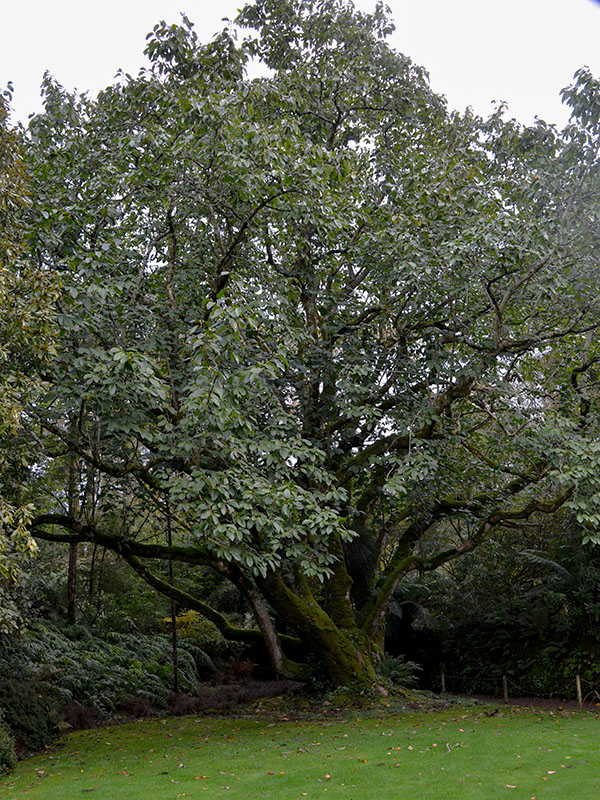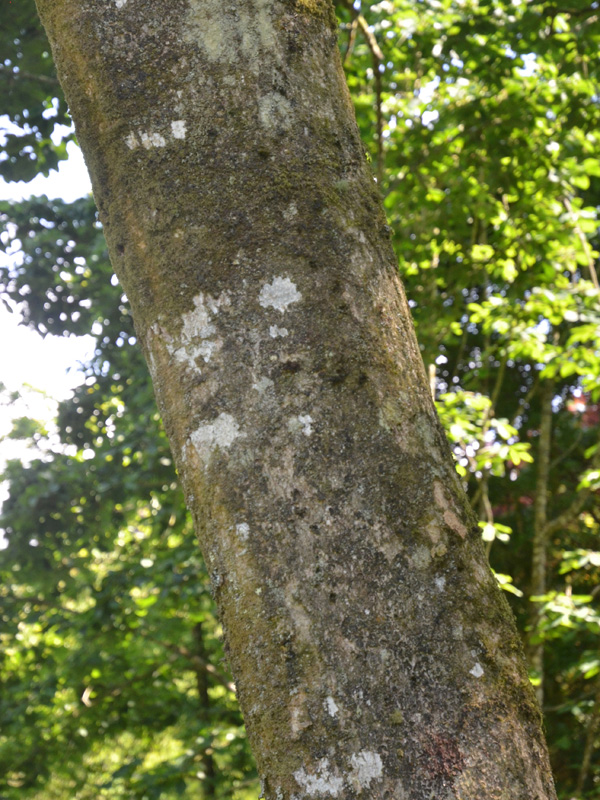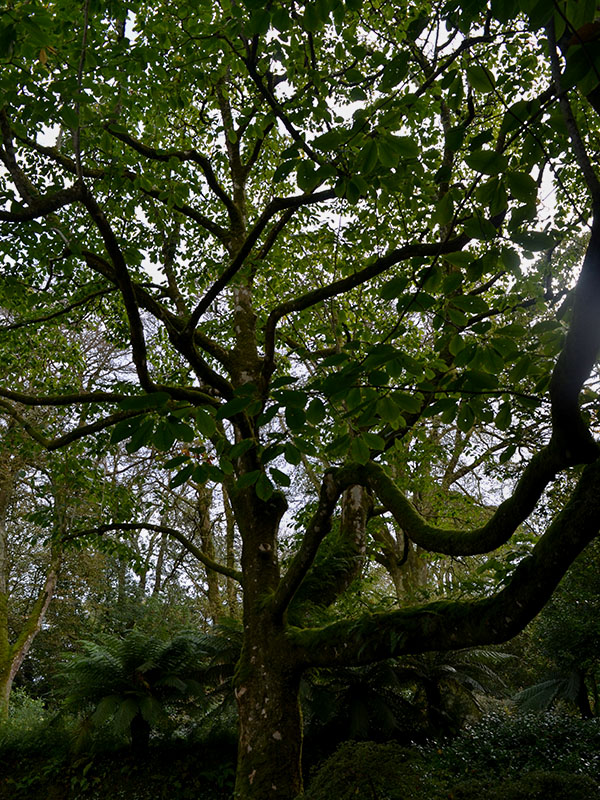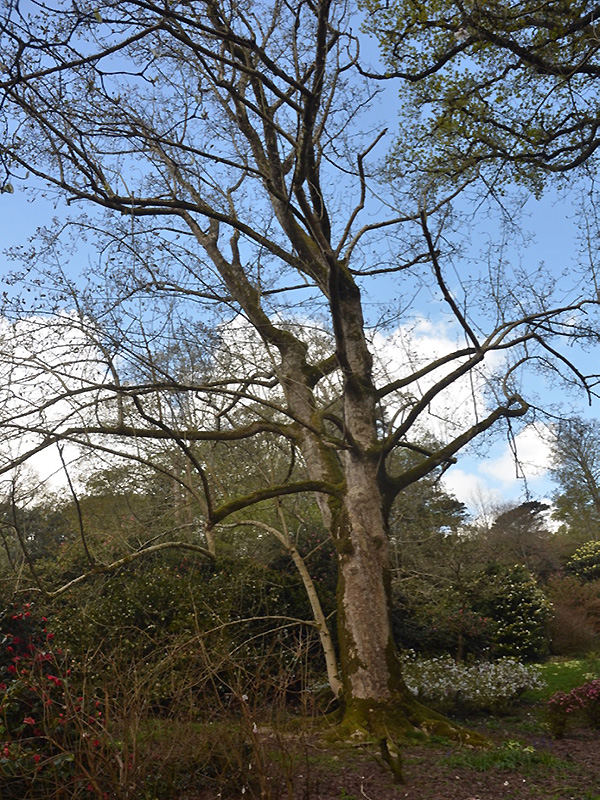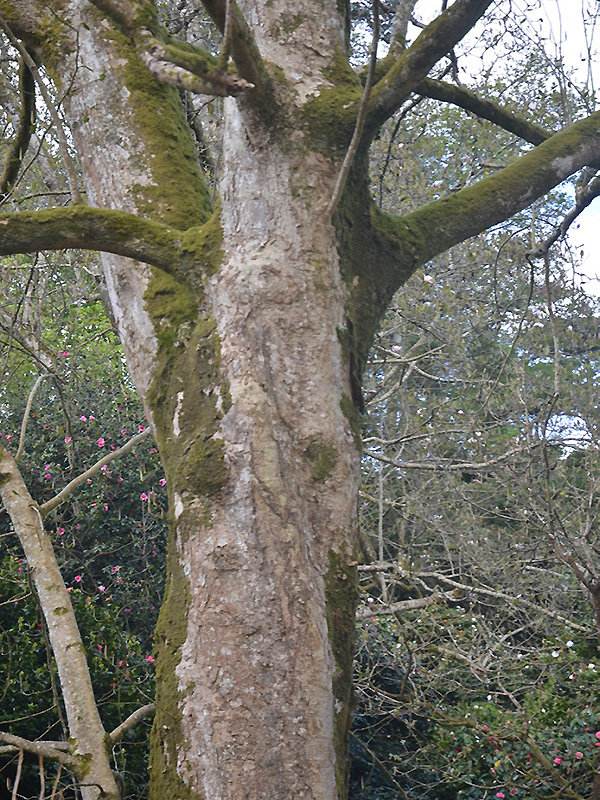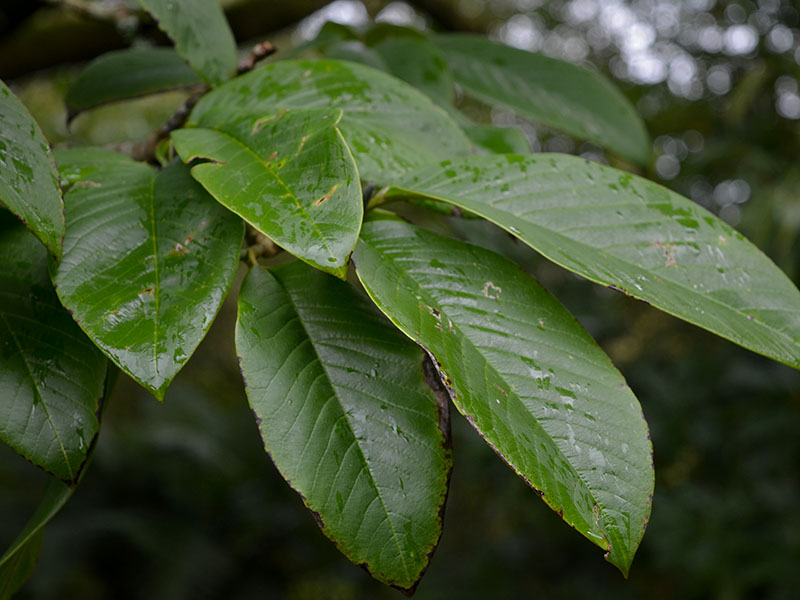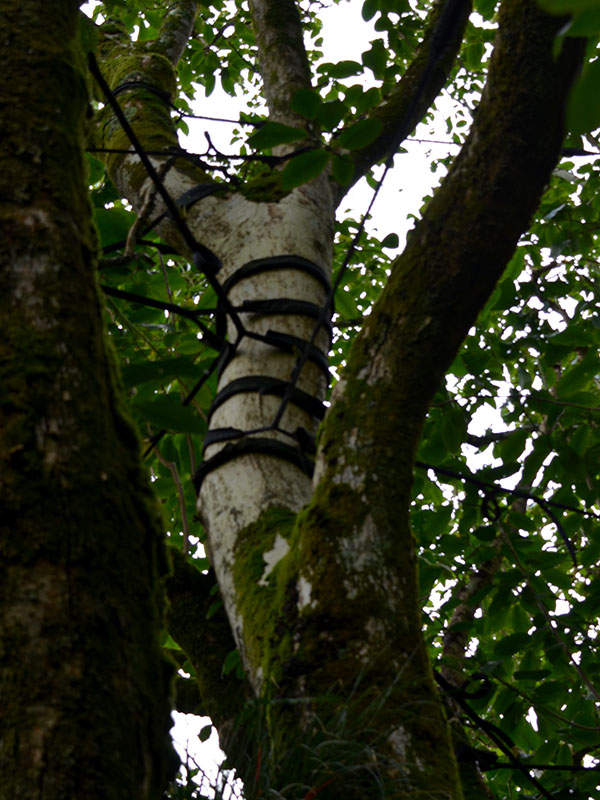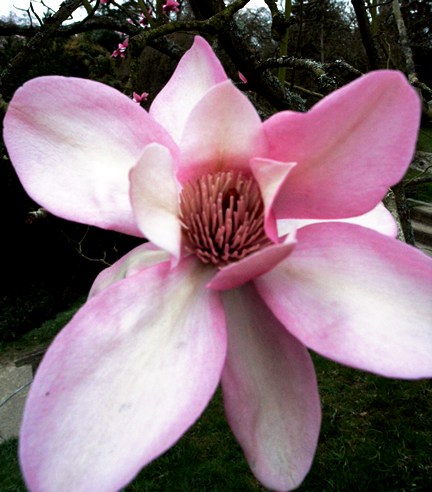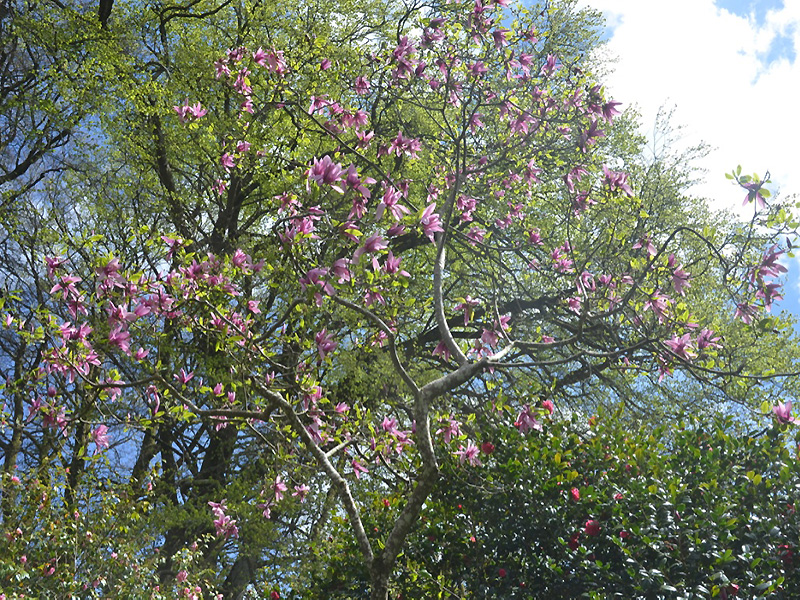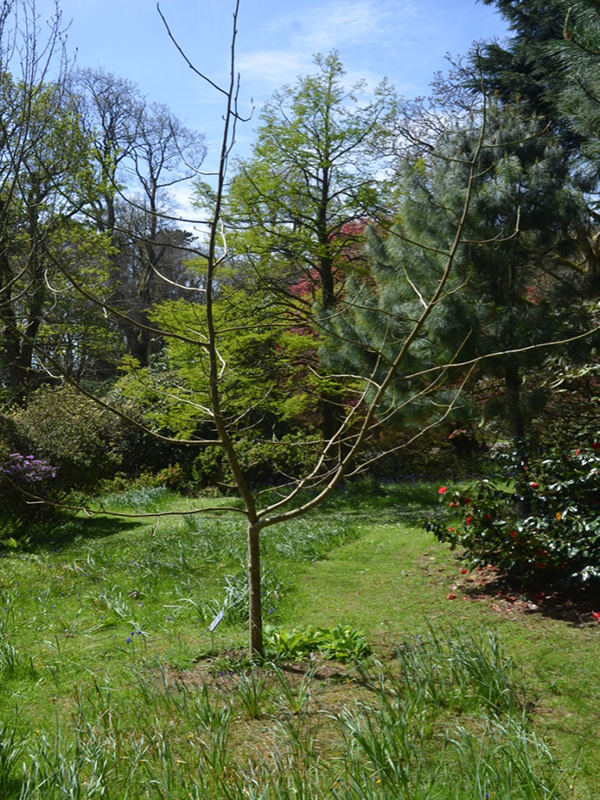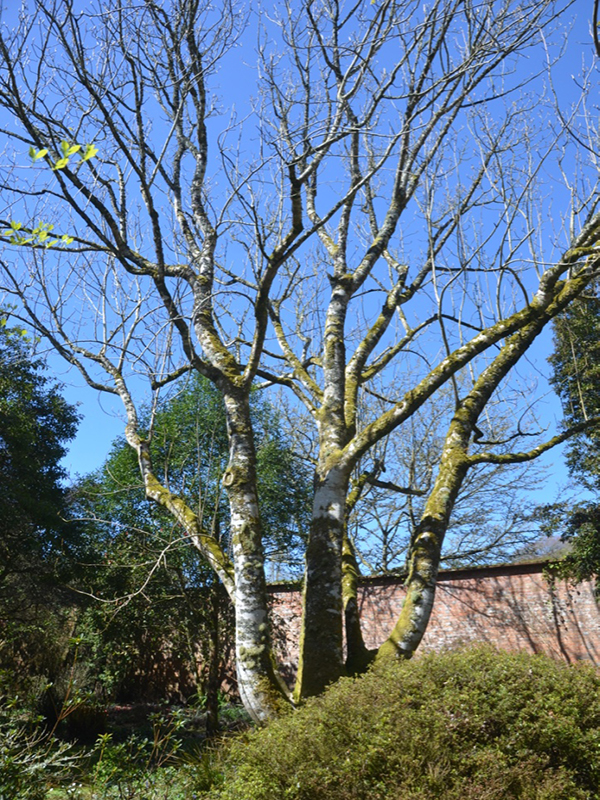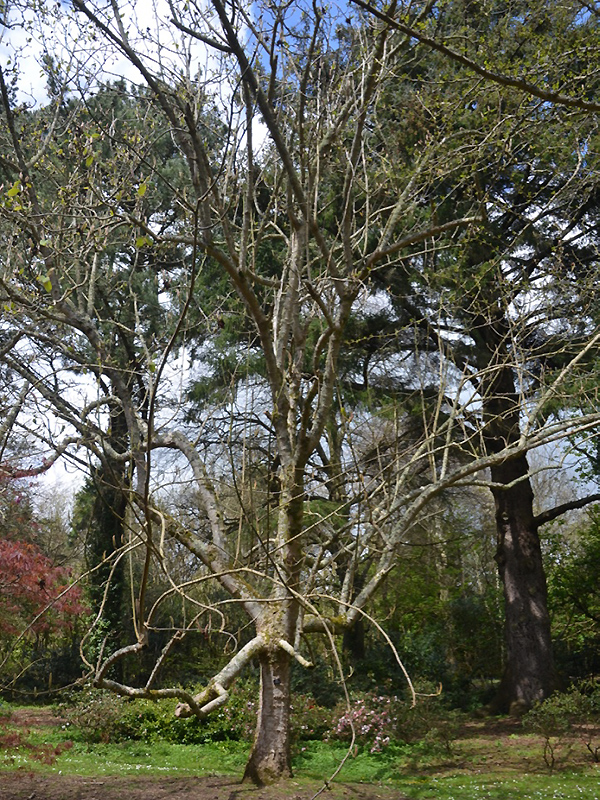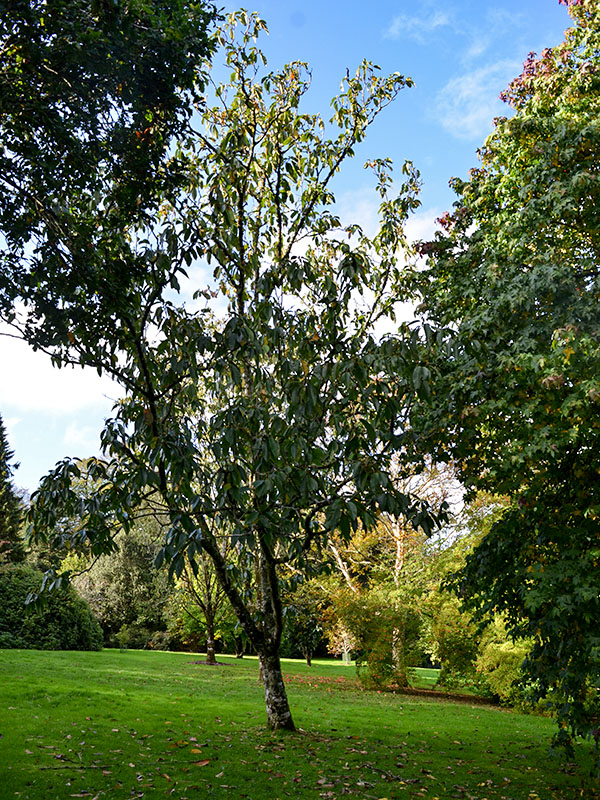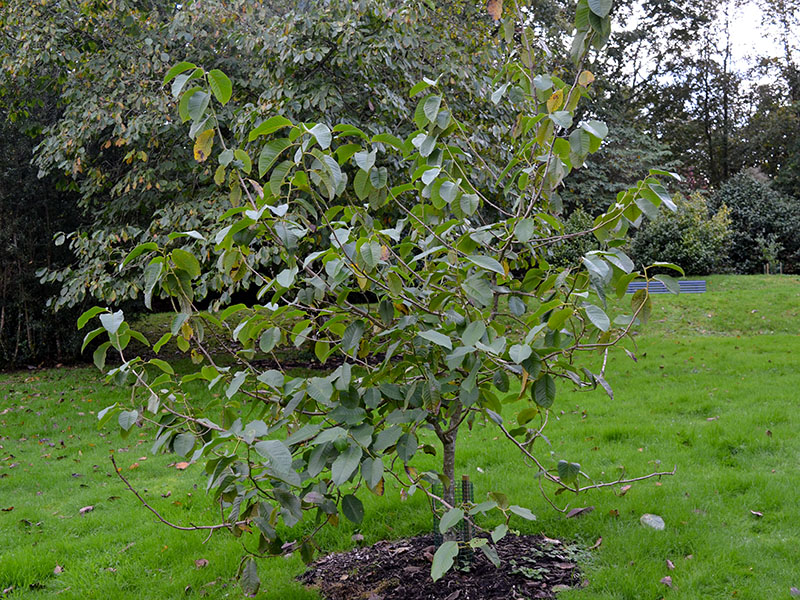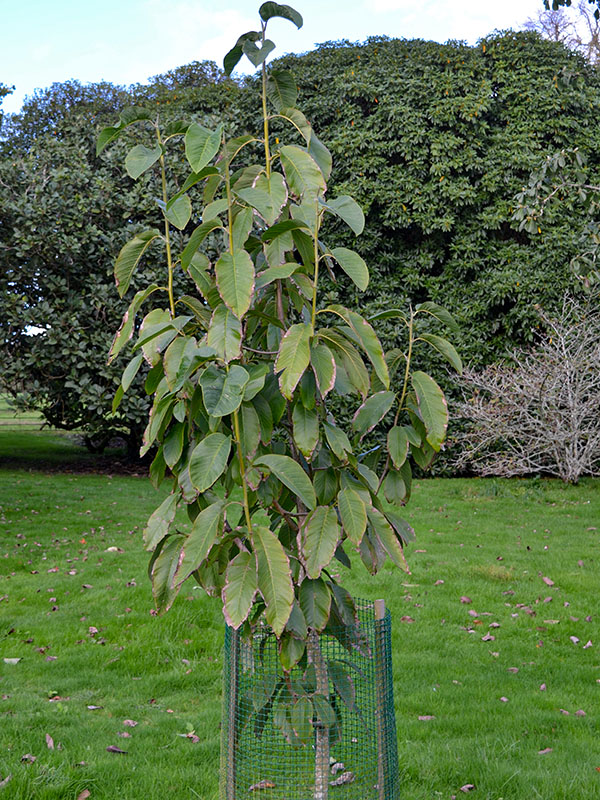
Woody > Magnolia > Magnolia campbellii > Magnolia campbellii
Magnolia campbellii
Campbell's Magnolia
Origin: Himalayas to China, it is believed to be one of the first Asiatic species introduced to the United Kingdom. M. campbellii was first discovered by the English naturalist-surgeon William Griffith in the early nineteenth century in the remote forests of central Bhutan. However, since Griffith collected some rather poor herbarium specimens the plant did not receive the recognition it deserved until the director, Joseph Hooker, of the Royal Botanic Garden Kew went to India in the 1840’s (Sikkim) and saw the tree in flower. In 1855, Hooker and his colleague Thomas Thomson formally named the plant in honour of Archibald Campbell, the British East India Company official who had facilitated Hooker's entry into Sikkim.
| Family |
| Magnoliaceae |
| Genus |
| Magnolia |
| Species |
| campbellii |
| Category |
| Woody |
| Type |
| Tree (deciduous) |
| USDA Hardiness Zone |
| 9 |
| Canadian Hardiness Zone |
| Requires cool season protection under glass. |
| RHS Hardiness Zone |
| H4 - H3 |
| Temperature (°C) |
| (-4) - (-1) |
| Temperature (°F) |
| 25 - 30 |
| Height |
| 12-20 m |
| Spread |
| 4-8 m |
Photographs
Description and Growing Information
Flowering Period
| General Description |
| This species has been placed on the IUCN Red List as least concern. |
| Cultivation |
| Best grown in well-drained, moderately rich soil. |
| Growth |
| Medium |
| Pests |
| No major pests. |
| Habitat |
| Forests and thickets at an altitude of 2,100-3,300 m. |
| Bark/Stem Description |
| Twigs are yellow-green, later grey to ochre. |
| Leaf Description |
| Leaves to 23 x 11 cm, dark green above and pale green beneath. |
| Flower Description |
| Flowers appear before leaves, white or crimson to rose-pink, paler above. |
| Fruit Description |
| Cones to 15 cm. |
| Notable Specimens |
| Trewidden Gardens, Cornwall, England. Lanhydrock, National Trust, Bodmin, Cornwall, England. Caerhays Castle, Cornwall, England. Borde Hill Garden, West Sussex, England. Trebah Garden Trust, Mawnan Smith, Falmouth, Cornwall, United Kingdom. |
